Bicycles for people with disabilities
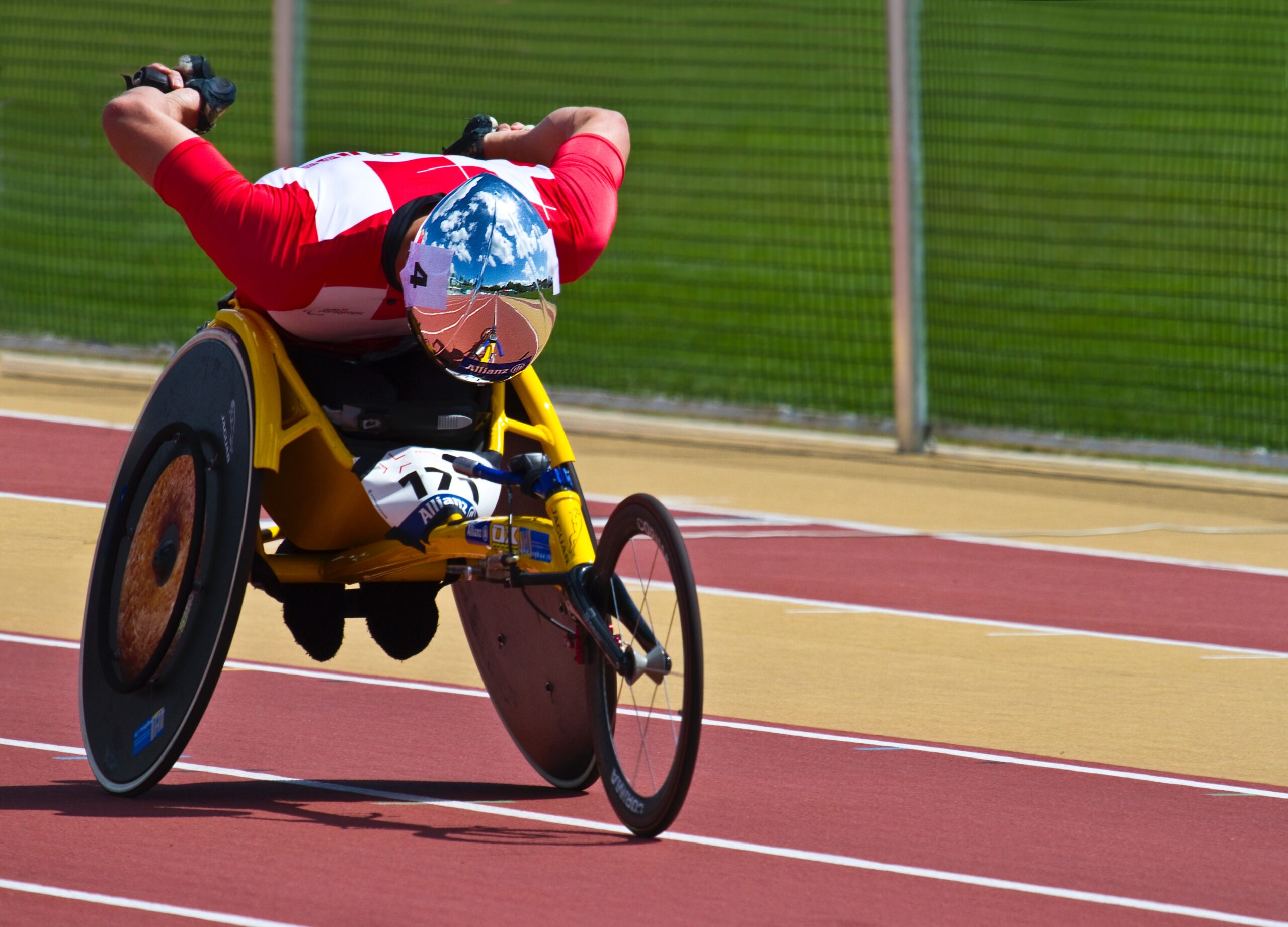
We all enjoy the beauty of nature at almost any time and can enjoy it in many ways.
We need fresh air and the view of the lush green expanse for our mental and physical well-being. The more often we allow ourselves this, the better we may feel. Even if we rarely find the time for it, we can recharge for a good start to the new working week with a few hours in nature on a relaxing Sunday afternoon, for example.
But maybe things are different for you now, more complicated for example.
Maybe at this very moment you are remembering that carefree, bygone time when you could spontaneously go on little trips and jump into the saddle without further ado. The self-evidence of the past made you believe that it would stay that way forever, but now everything is different ..
Age, illness, a serious accident, genetic dispositions … the list of reasons for possible limitations already suggests what could get in the way of practising our beloved hobby. These include impaired vision, artificial joints, severe back pain and much more.
You are probably affected by one of these handicaps. But surely you didn’t come across this article because you want confirmation of what no longer works, right?
That’s why you’ve come to the right place: there are plenty of great options for you, as well as for our relatives and friends, even in tricky situations. After all, far more people are affected by small and large restrictions than you might imagine. Especially as a person affected by Long Covid Syndrome, an e-bike may be the only option, so that you never run out of breath and you can gradually increase your lung function in a gentle way.
We would like to show you how splendidly and, above all, diversely the bicycle industry has adapted to people with disabilities. After all, developers and the people concerned are also sisters, brothers, mothers, fathers, joy and children ..
We hope that this overview of your options will leave you with a smile on your face and already making plans for a bicycle tour.
Remedy for small and big worries
Do you run out of breath quickly? Do you have problems with your lungs, heart or circulation? If there are no medical concerns, e-bikes or rehab bikes are the perfect choice. They support you exactly as you need it. Their powerful batteries are available in many variations, so you can conquer every incline and keep up with your friends on every tour. Additional refinements, such as a Bluetooth connection, offer you further convenience.
The tandem – it’s better to ride together!
Some options may not even be on your radar at first. The tandem, for example, may have remained in your memory in a rather funny way. You know the jokes where one person pedals and the other rides in the back seat sipping cocktails. But have you ever thought that tandem riding is the idea par excellence for people with severe visual impairments?
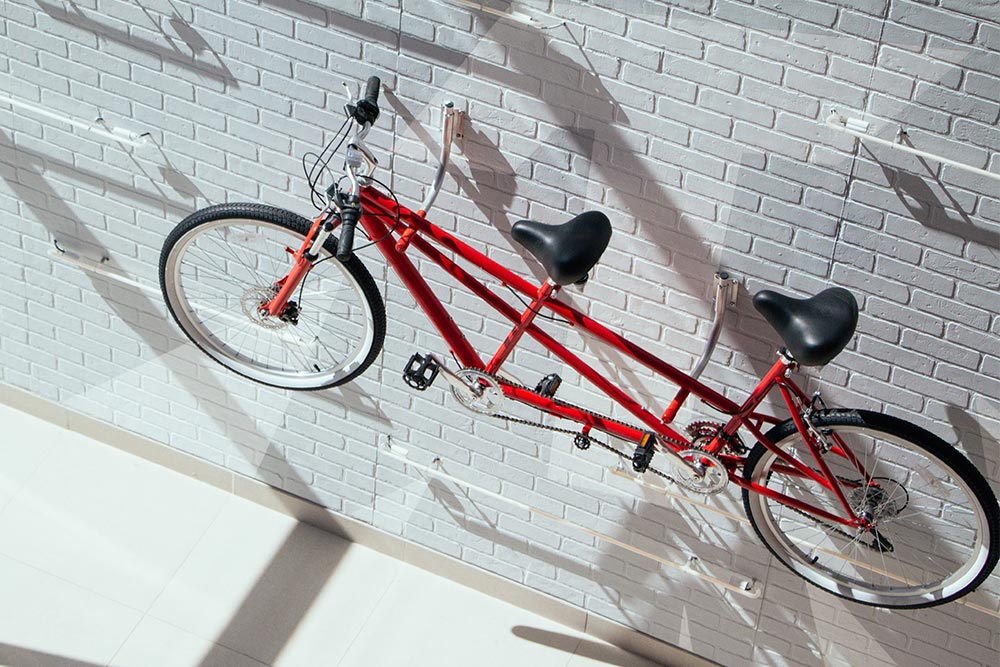
If your eyes don’t work so well, get on a tandem with your cycling buddy or bike friend. It’s a great way to entertain yourself while the wind blows through your hair and you feel the sun on your skin. A tour like this is a lot of fun, even for people with vision problems, and makes handicaps shrink a lot. A tandem is also suitable for all those who feel insecure on a bicycle or are restricted due to disorders of the locomotor centre. This can include acquired and congenital obstacles, but also psychological and purely emotional insecurities.
The advantages of a tandem are obvious. For example, you can enjoy a low entry height and high smoothness when pedalling. You have the possibility to adjust yourself the way you or your passenger rides. By means of the idle hub, the pedalling of the passenger can be influenced via the main handlebar. In general, you can also set whether pedalling is possible at all or whether it should be independent of the pedalling movements of the person in front. Tandems are also available with motor assistance.
The highlight: You can even choose models where two people sit next to each other and pedal in tandem. So you can look forward to relaxed and entertaining touring experiences!
THREE-WHEELS
Those who are restricted due to balance disorders, multiple sclerosis, spasticity, muscular diseases, missing or shortened limbs et cetera may like to resort to a tricycle. People with joint implants also use them to strengthen their muscles and regain their old form.
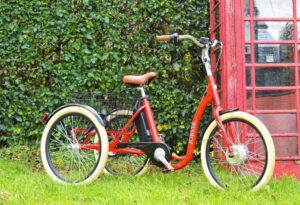
Newly-operated people should definitely take it easy. The ever-popular motor-assisted tricycles are ideal for getting back into shape. Thanks to their low entry and easy handling, you can get off to the best possible start.
In addition to the standard version, there is a choice of various seat positions and entrances as well as different centres of gravity. You can also choose whether you want to ride with or without electric assistance.
The double tyres are available – as with the standard model – at the rear, but also at the front. The latter, however, makes it more difficult to manoeuvre.
LYING FOR THE BACK
This type of mobility offers many advantages, especially if you have balance problems or other difficulties. As the title suggests, recumbent bikes take the strain off your spine, neck and shoulders. Your intervertebral discs will also thank you. In contrast to conventional bicycles, your wrists, arms and hands/fingers do not have to absorb heavy impacts.
Only uphill may be more strenuous for your legs due to the seating position, but the advantages, along with the possibility of staying fit without pain, speak in favour of a recumbent bike for the above-mentioned clinical picture.
Pay particular attention to an ergonomically shaped seat with full suspension, good ventilation and a comfortable headrest that protects your cervical vertebrae. This way, even after hours of riding, you can still look at the road in a relaxed manner. This tilt-resistant bike variant also allows you to pedal slowly and stop and ride in a relaxed manner. In addition, you can do yourself some good with an electric drive.
HANDBIKES AND OTHER SPECIALISTS
Are you suffering from severe arthritis, are you short in stature or do you want to ride a bicycle despite an amputation or paraplegia? Or do you want to prevent an impending disability? There are also promising possibilities.
Specially designed bicycles or bicycle attachment kits that can be mounted on wheelchairs enable you to go on relaxing tours and enjoy nature in the saddle. With handbikes, you crank with your hands instead of pedalling. The advantages of the seating position are comparable to those of typical tricycles. One disadvantage is the lack of overview of the traffic situation, which is why highly frequented traffic situations are to be avoided with these bikes. Cycling in the countryside is better.
You may be concerned about the cost of a special bicycle. Contact your health insurance company and ask for a prescription from your doctor. In addition, a look at the list of therapy tricycles from the GKV Spitzenverband (German Association of Statutory Health Insurance Funds) as well as those regarding the prescription of medical aids and the assumption of costs can help you. A second-hand bike may also be a good idea, as new custom-made bikes can cost up to 10,000 euros. As a rule, you can expect to pay up to 5,000 euros on average.
REFINEMENTS FOR ALL CASES AND NEEDS
What modifications would help you personally with your limited mobility?
Have you already done some research with the help of an expert, but after reading this report you still can’t make up your mind?
If you are not yet one hundred percent convinced that there is a solution for your individual challenges, then please do not forget the small things. Every bicycle or tricycle can be converted, and specialists can quickly help with difficult leg bending and stretching. In many cases, crank arm shorteners and/or pedal pendulums can be used. This works even with very pronounced physical conditions, and even a combination of modifications is possible. You can quickly find manufacturers on the web who will work hard to meet your needs
All in all, your wish for extra support and more stability can certainly be met. There are also great models available for children.
GENERALLY GIVEN:
If you have just had an operation, are coming out of rehab or are ailing, you should always talk to your doctor before making any decisions about sports to find out what is best for your individual case and whether your plans and any ambitious ideas are feasible. Only with the green light from your doctor are you on safe ground and can be sure of a good result. You will then only have to pay attention to a few points, namely:
- Pay attention to the training break! With freshly fitted prostheses, it is important to remember that a certain amount of time is needed before you can become active in sports again. Roughly speaking, about six weeks are necessary before the prosthesis can be fully loaded.
- During your sports break, you should only perform light movements.
- Try to exercise regularly, but only in small sessions. Never overexert yourself and pay attention to your body’s signs. If something hurts or you feel unwell, stop and check the cause. Stop too early rather than too late.
- Always follow the doctor’s advice. If he recommends exercising 30 minutes three times a week, don’t make it more and watch your constitution develop. Make notes if necessary.
- If you experience pain at rest or during exercise, don’t be ignorant of your body’s signals, but contact your doctor.
- After the sports break, wild cross-country tours are not recommended under any circumstances. Violent jolts or falls will ruin any good surgical results.
- Make sure your saddle is properly adjusted. The correct seating position is crucial for all types of bicycles in order to feel comfortable and to achieve satisfactory training results.
- Make sure that you can always reach the ground with both feet when stopping.
- Use the motor if the effort is too great on climbs. Do not overtax yourself!
No matter what type of bicycle you choose: Every bicycle needs regular maintenance and good care. You can only ride safely if you wear a helmet and observe the usual safety regulations.
For example, with recumbent bicycles your vision will not extend as far as with conventional bicycles or tandems, so we recommend that you use them for tours over land and less in busy, often confusing road traffic.
If you follow all the well-intentioned advice, you will be able to enjoy your independence and mobility for a long time. By realising your wishes, you will gain quality of life, be able to maintain more social contacts and strengthen your self-confidence. Just because your body no longer cooperates, you still belong!
Look forward to cycling together and enjoy life with its many facets and possibilities.
We wish you a safe and good ride!


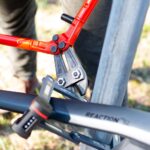
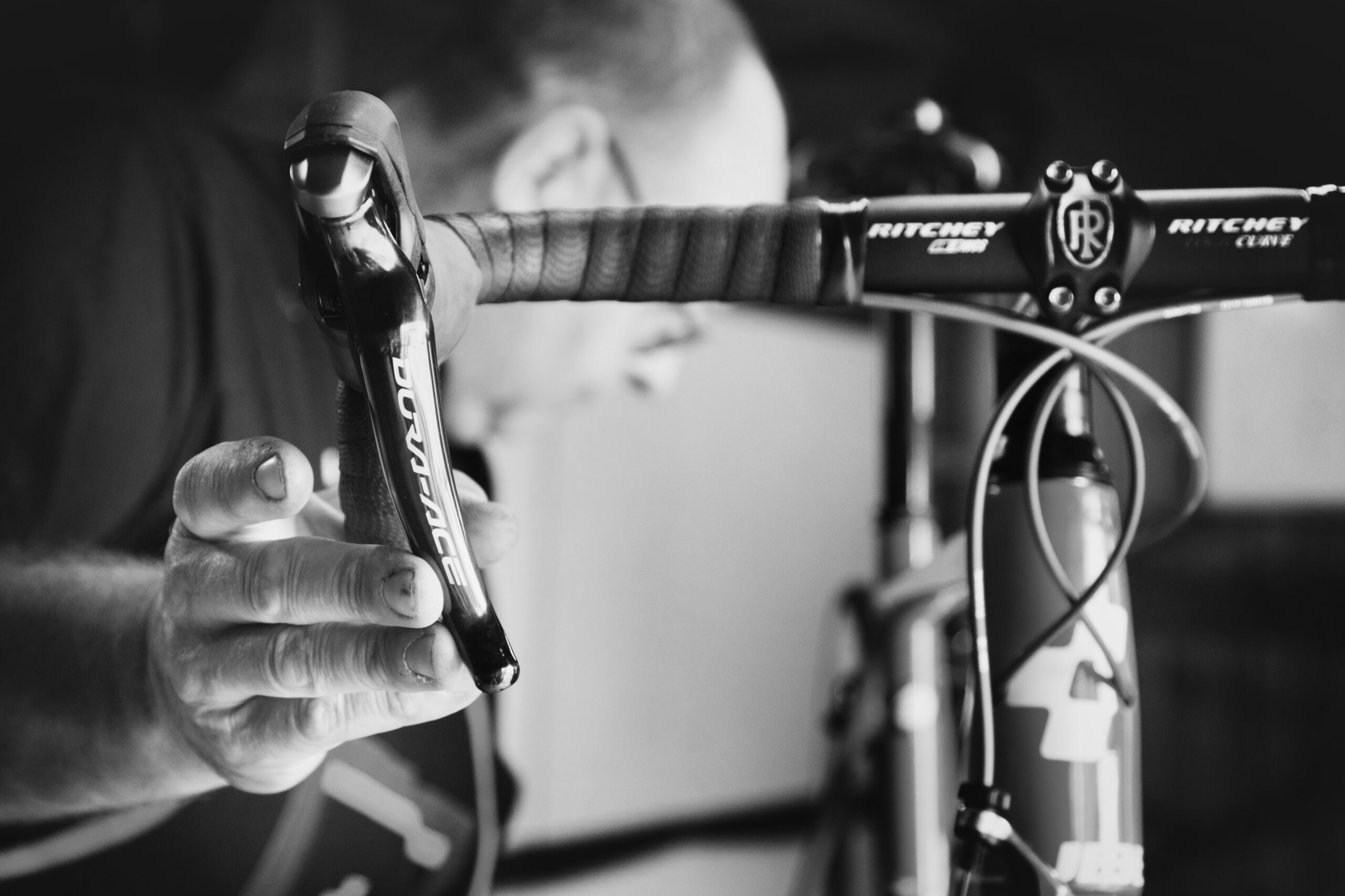




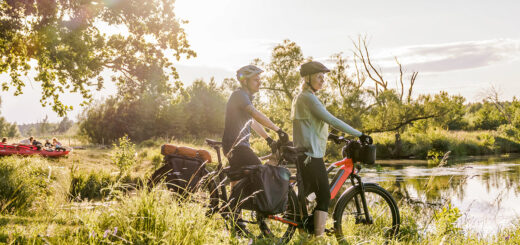
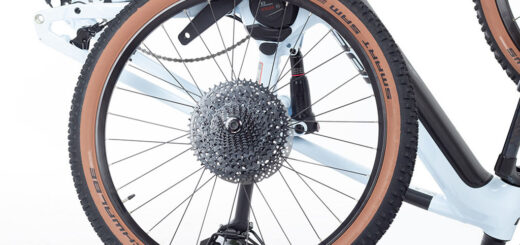








Recent Comments